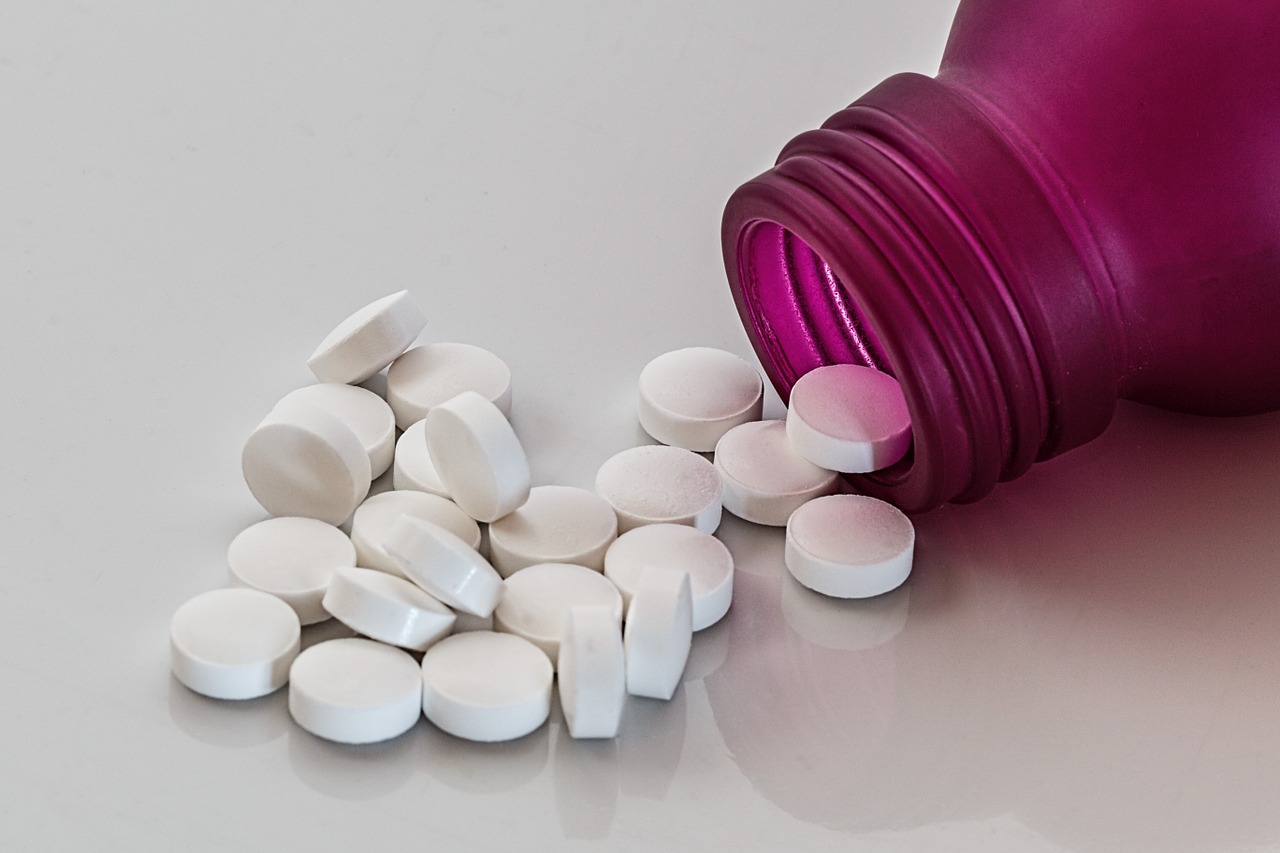

Geralyn Frandsen, Assistant Director of the Online Nursing Program at Maryville University writes for Scrubs Magazine.
The number of fatalities from opioid overdose in the U.S. continues to climb and has recently reached an extent that is even more staggering than most realize. A National Safety Council report released in early 2019 (based on 2017 data) noted that for the first time, Americans’ risk of dying from an opioid overdose surpassed their risk of dying in a car accident. As macabre and unsettling as these numbers may be, it’s crucial that more of us acknowledge them. After all, as the NSC emphasizes, deaths from overdose are preventable deaths—and we can all be doing more to prevent them.
Our country is dependent on pain medication—to an extent that far surpasses any other nation in the world. Though the U.S. is home to only 4.4 percent of the world’s population, the country consumed 30 percent of the world’s opioids worldwide in 2015, according to the International Narcotics Control Board.
What’s more, available opioids (often illicit versions) have increased in potency over the years. Fentanyl is the main culprit here, with the illicit version of the drug and its analogues topping the chart of fatality-causing opioids. Fentanyl is 50 to 100 times more potent than morphine and was developed in the 1960s to treat the pain of cancer patients. Even as opioid prescriptions have declined in recent years, the number of fentanyl-related deaths in the U.S. continue to rise. One derivative is called 3-methyl-fentanyl and is known on the street as China White. China White is a super-potent drug that can cause death by respiratory arrest. Many users of heroin have taken this form of fentanyl, often unknowingly.
Given the rising numbers of overdose deaths, more of us—both within and outside of the healthcare community—need to be aware of the signs and symptoms of toxic opioid levels. And just as most of us have some sense of what we’d do if we were to witness a car crash, we need to think ahead about how we can be prepared if we come into contact with someone who appears to be in the throes of a dangerous overdose.
Toxic levels of the drugs often cause respiratory depression and diminished alertness. Other symptoms include hypothermia, bradycardia (or heart rate that is too slow), pinpoint pupils, and ultimately coma, which can lead to death.
The treatment of opioid overdose requires the administration of naloxone, also known by one of its brand names, Narcan. It is important to note that naloxone is rapidly eliminated, and the opioid remains in the body for extended periods of time. It is of crucial importance that all individuals be educated on the administration of naloxone. Nurses and other in the healthcare field can organize free classes to familiarize attendees with the basics of these injections—similar to the way many healthcare organizations offer free CPR classes for new parents and other childcare providers. Resources like the Harm Reduction Coalition’s charts on how to administer naloxone should be spread far and wide, and first-aid kits in public places and businesses should include naloxone injections so that they’re as widely available as possible.
When it comes to the healthcare field itself, the growing vigilance around opioid prescriptions needs to continue. In an effort to reduce opioid addiction, many health care providers who prescribe opioids have set up strict regulations and practice guidelines to limit opioid prescriptions. Yes, it has been noted that these regulations have also increased heroin abuse, because patients reliant on the opioids sometimes seek out illicit versions of the medications to relieve their pain or feed their addiction. That said, limiting opioid prescriptions and tightening regulations—in conjunction with the provision of widespread naloxone-injection education and availability—can help address the raging opioid crisis. We must remind ourselves that these deaths remain preventable, and then we must take all the steps we can to prevent them.
When we discuss students, we always mention their qualities. Those qualities show what they are…
If you or someone you know is juggling mental health issues alongside substance abuse, understanding…
For the last couple of weeks, the Israel-Hamas conflict has taken over the news cycle.…
Our eyes are invaluable, serving as our windows to the world. The ability to see…
Undoubtedly, one of the most demanding and challenging professions is nursing. Nurses work long hours in…
Echocardiography, or echo for short, is a key diagnostic test used by cardiologists to assess…